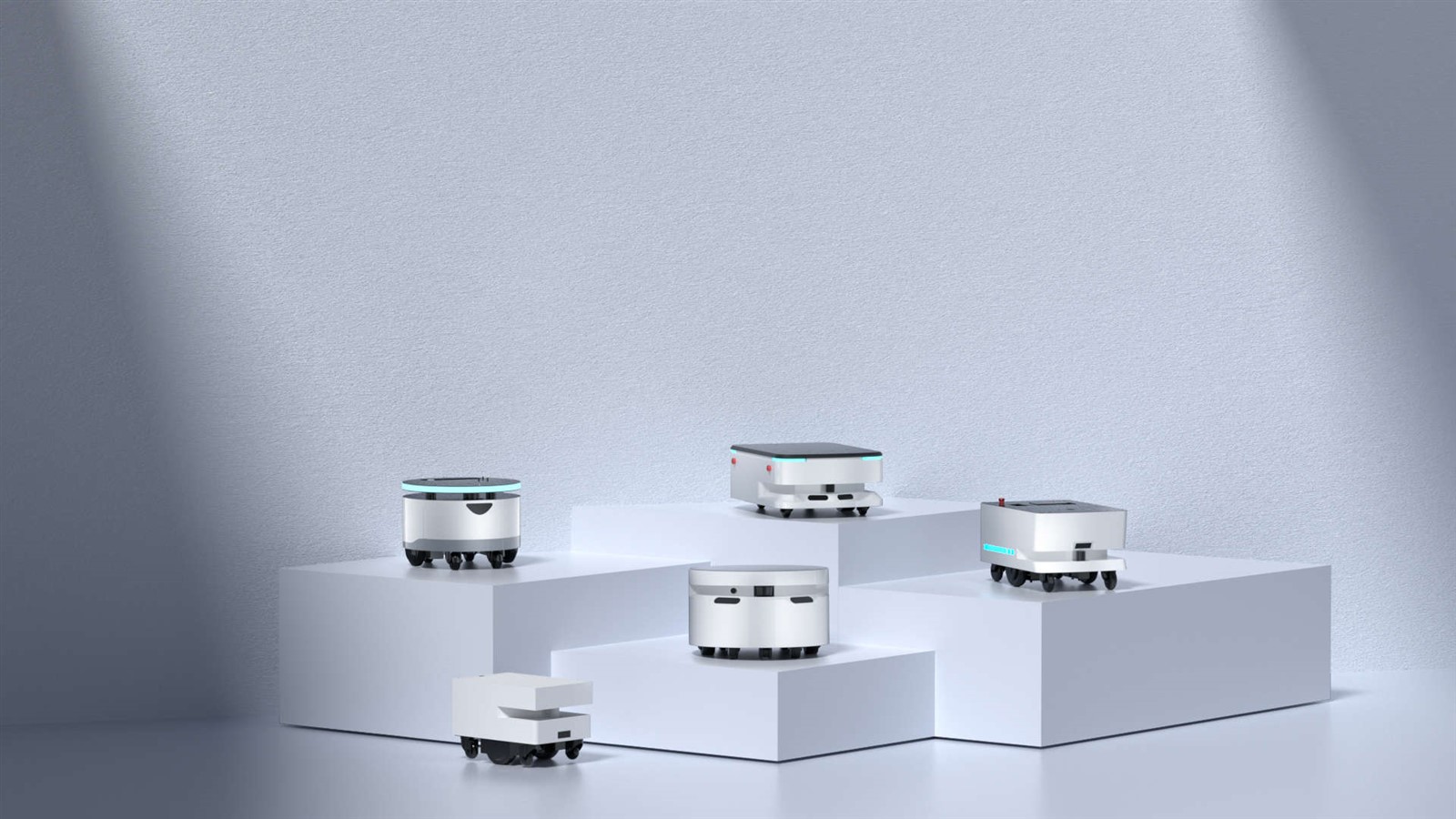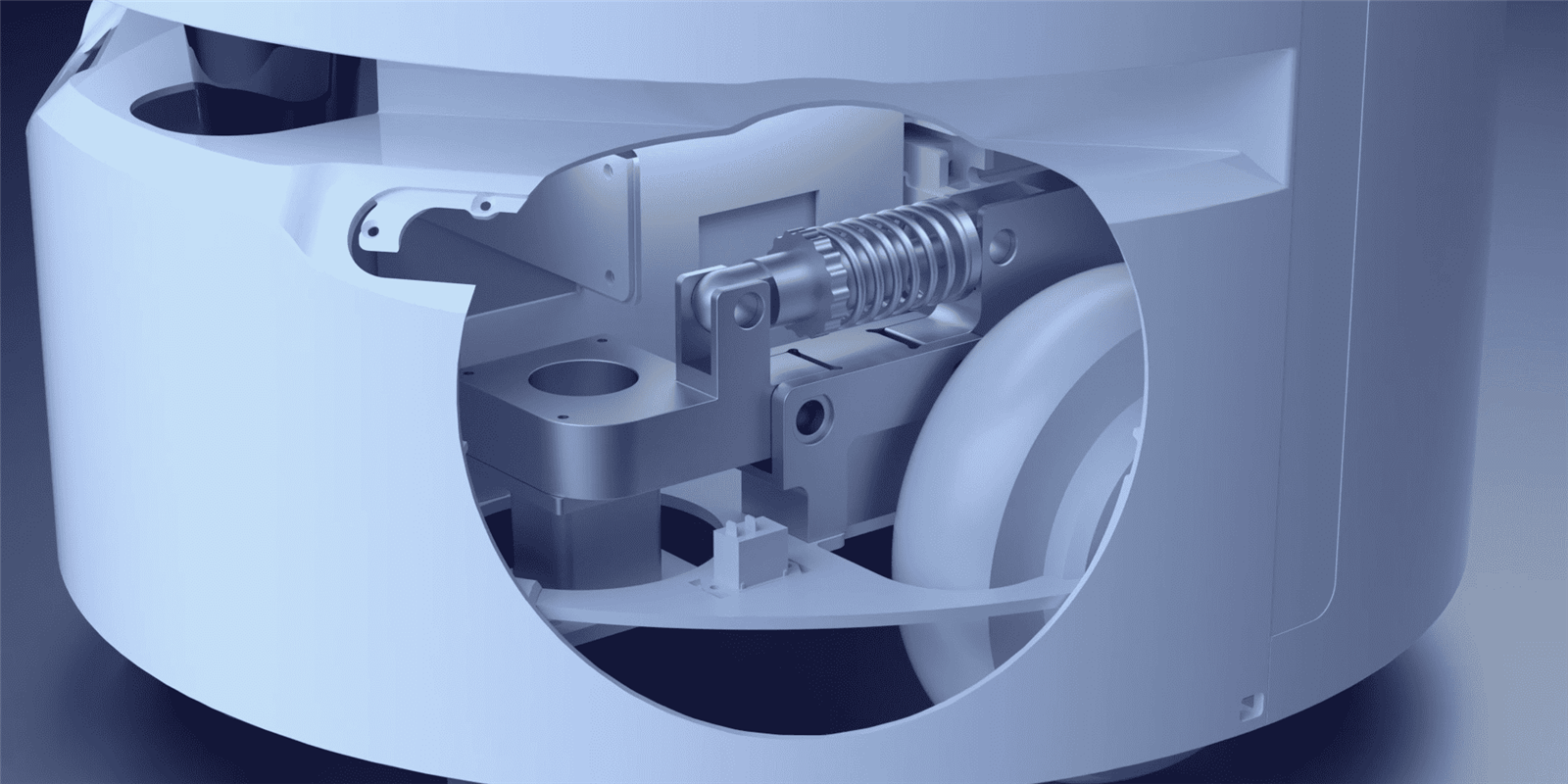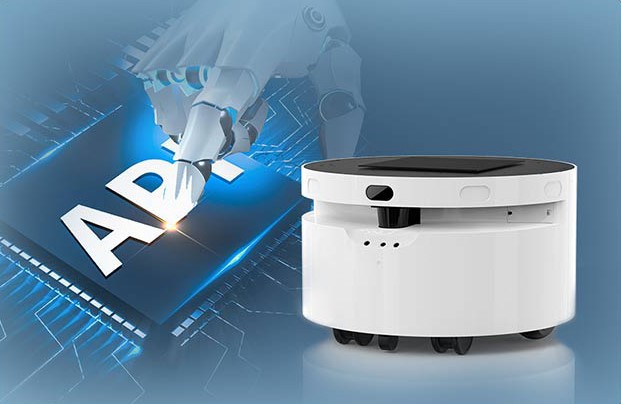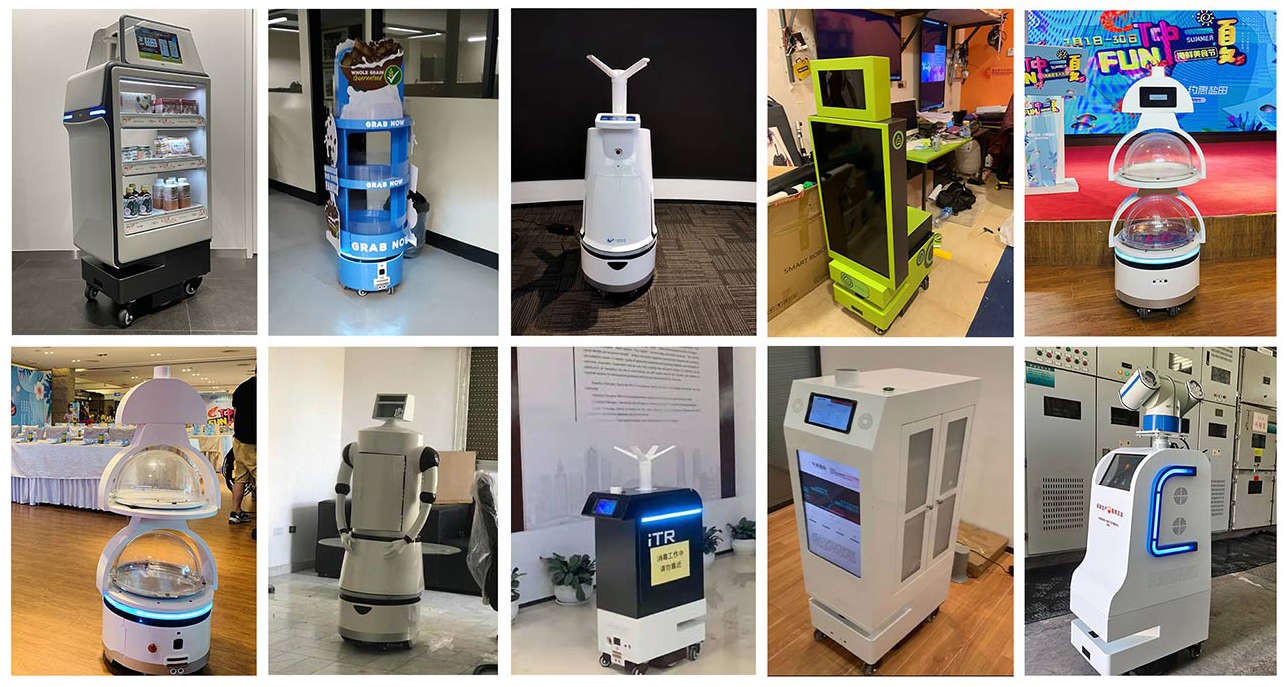In a sense, robots are just like us. In what way, you might ask? Well, because they have skeletons, of course! Have you ever wondered how exactly robots can move around on their own? It’s only possible for them to do so because of their chassis. A robot chassis essentially provides a sturdy and reliable foundation upon which all of the other components of the robot can comfortably rest.
The robot chassis is very important. Without it, even tiny toy robots wouldn’t be able to function properly! The robot’s chassis allows it to move and maneuver freely about a room, making industrial robots the helpful little autonomous workers that have already made such a difference in both the cleaning and restaurant industries. In this article, we’ll go over the different types of robot chassis and how each one works. It’s fascinating stuff, so you’ll definitely want to stick around!
Types of Robot Chassis
There are three main types of robot chassis, namely the wheeled chassis, the tracked chassis, and the legged chassis. We’ll go over all three below for your convenience, and dive into the world of the Reeman robot chassis as well.
Wheeled Chassis
As its name suggests, a robot with a wheeled chassis uses wheels to navigate around. Wheeled chassis come in plenty of different shapes and sizes, and they’re quite popular due to their versatility. Wheeled chassis on robots have become more advanced with time. While some wheeled chassis are only designed to move in a straight line, you’ll also see robots with a wheeled chassis that can climb over certain obstacles — which makes them especially great for outdoor use.
The main disadvantage of robots with wheeled chassis is that they may struggle to navigate certain types of terrain. It’s difficult for something with wheels to get up steep or rocky surfaces, so this makes sense. Wheeled chassis have also been known to be slightly less stable than the other types of chassis, which we’ll go over now.
Tracked Chassis
Tracked chassis have surged in popularity in the world of robotics because of the way they’re able to use continuous trends and tracks to move about their environment. Compared to wheeled chassis, robots with a tracked chassis have excellent mobility, meaning they can easily navigate plenty of different terrains. They also have great traction and are super durable, so if you have a tough job that needs to be done, a robot with a tracked chassis is a superior contender.
Although tracked chassis are superior when it comes to navigation, they’re a little bit slow compared to the other types of chassis. They’re also more complex, meaning they’re bound to be more expensive most of the time. Because of their complex design, tracked chassis may be heavier and less energy efficient than wheeled chassis. It really just depends on what you need the robot to do for you.
Legged Chassis
If you’ve ever seen a robot that has four legs like a dog, it likely has a legged chassis. Legged chassis have top-notch mobility, and they can even climb stairs — which is pretty impressive for a robot. Legged chassis can also move in multiple different directions, and are capable of complex movements like walking and jumping.
As you may have guessed, robots with a legged chassis have a pretty complicated design. This can often make them more difficult and expensive to maintain. They also tend to be quite slow, so they’re not best if you need to get a job done quickly with the assistance of a robot. Legged robots also tend to have a hard time keeping their balance on floors that are smooth or slippery.
Reeman Robot Chassis Materials
Most Reeman robots have a wheeled chassis, which means they’re highly efficient at completing tasks like cleaning indoors and delivering food to customers. They may have robots with legged or tracked chassis available sometime in the future, however.
Materials Used in Robot Chassis
Robot chassis are pretty versatile, so manufacturers work with a lot of different types of materials when making them. Some of the most common materials manufacturers use to make robot chassis include metals (like aluminum and steel), and plastics like polycarbonate and carbon fiber composites. Most Reeman robot chassis are made up of metals, as that tends to be the most efficient and durable option.
Design Considerations
Designing a robot chassis takes time and consideration. There are a lot of factors manufacturers take into account to ensure that a robot chassis will function properly and fit perfectly with whatever robot it’s being built for. Some of the classic design considerations most manufacturers keep in mind include the size, shape, and weight of the chassis, its strength and durability, the cost of the building materials, and how easy it is the assemble the chassis overall.
A robot chassis should always be strong and stiff enough to support the weight of the robot’s other components. It should also be able to withstand the strain that comes with movement and manipulation. The design of the robot chassis should also allow for easy access to the robot’s other components. You want repairs and maintenance to be a simple matter!
Conclusion
When it comes to creating a functional and efficient robot, designing a proper chassis for it is key. A well-designed robot chassis should enable the robot to move with ease, as well as perform its programmed tasks with the utmost efficiency. It should also, of course, be a good support for the robot in general. It is its skeleton after all!
The field of robots is evolving quickly, which is great news for the future of robot chassis. We should expect to see new materials being used in designs for robot chassis sometime soon — materials that are lighter, more durable, and more adaptable. As robots become more ubiquitous, manufacturers will likely start putting more focus and effort into creating chassis that are exceptionally efficient, safe, and reliable. It’s just a matter of time and the advancement of technology!
Contact Us:
Email: reeman.sales1@reeman.cn
Whatsapp: +86 18312160619
About Us:
Reeman, derived from the word "reinforce" (REE) and "human" (MAN) Intends to enhance human capabilities. Let robots help humans everywhere and add infinite possibilities to life.
Follow Us:
Facebook: https://sourl.cn/Gg9UJd
Youtube: https://sourl.cn/cwyd27
LinkedIn: https://sourl.cn/eQ8VPE




